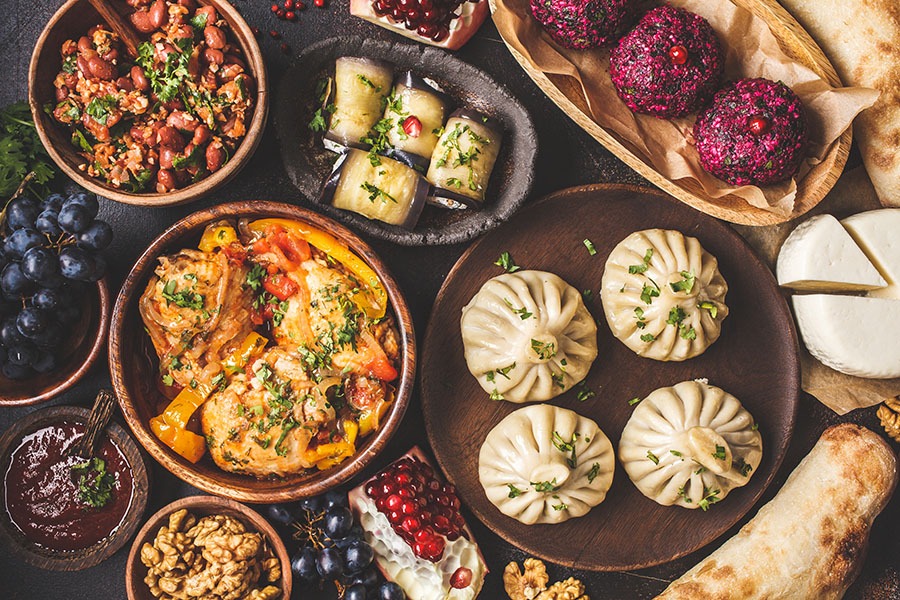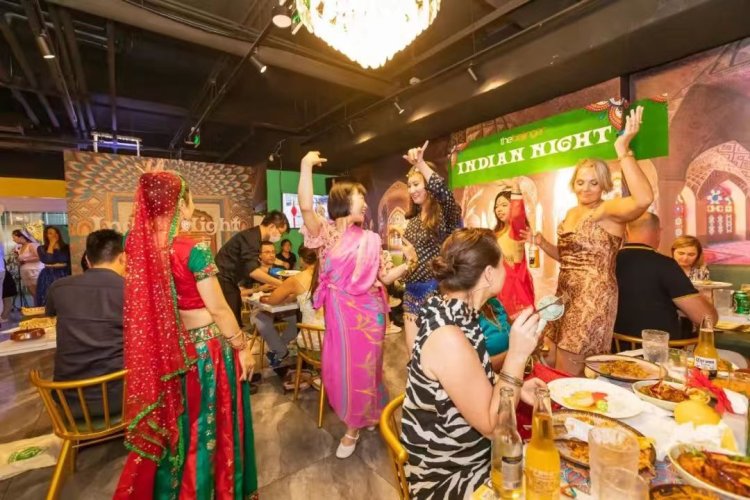Georgian vs. Chinese Eats: A Few Striking Similarities
The cuisine of Georgia is one that’s hearty, rich, and diverse – not just to keep out the cold Georgian winters, but to warm the soul as well. In many ways, the cuisine – as well as the country’s eating customs – share some striking similarities with the food and eating habits of China.
Of Khinkali and Clay Pots
First off, the food similarities.
One of the most obvious of these is dumplings, the Georgian variant of which – known as khinkali – bears a striking resemblance to 汤包 Tāngbāo.
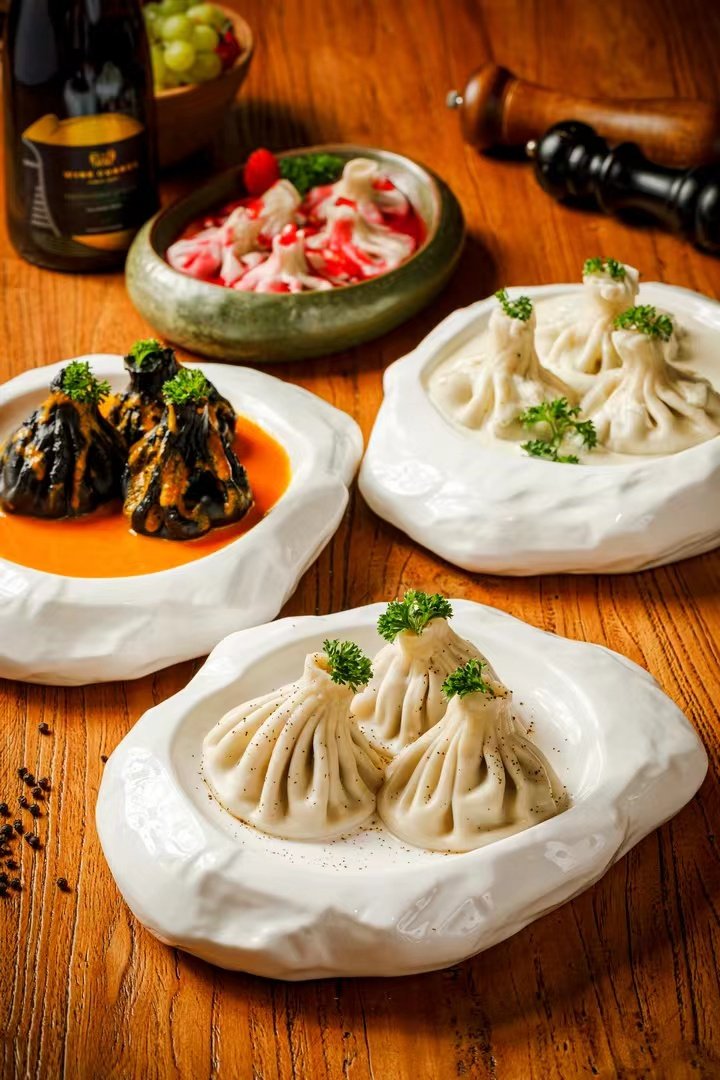
Khinkali was a fast and easy food for shepherds in the mountains, and traditionally it was filled with lamb, which was in abundance. Today, many restaurants choose to fill their khinkali with meat combos, like minced lamb and beef or minced lamb and pork, while just lamb is also an option.
Then, interestingly enough, comes clay pots – and not the qvevri used for winemaking, but smaller ones used for cooking mushrooms mixed with cheese, diced young chicken with sour cream and herbs. They’ll also have thin pieces of corn bread to accompany the dish, much like Chinese 饼 bǐng.

Much like the Georgians, clay pot cooking is also a staple of Chinese cuisine. The most common of these can be found in Cantonese cuisine in the form of clay pot rice, but other dishes like soups and stews also get the clay pot treatment.
Universal Feasting
Georgian feasting etiquette also bears similarities with the dining practices of China, especially in regards to how guests are treated.
During a feast, it’s best not to leave a table empty or worry about the number of dishes. To show hospitality, it’s the more dishes the merrier at Georgian feasts, with tables piled high with food so as not to leave a spot empty.
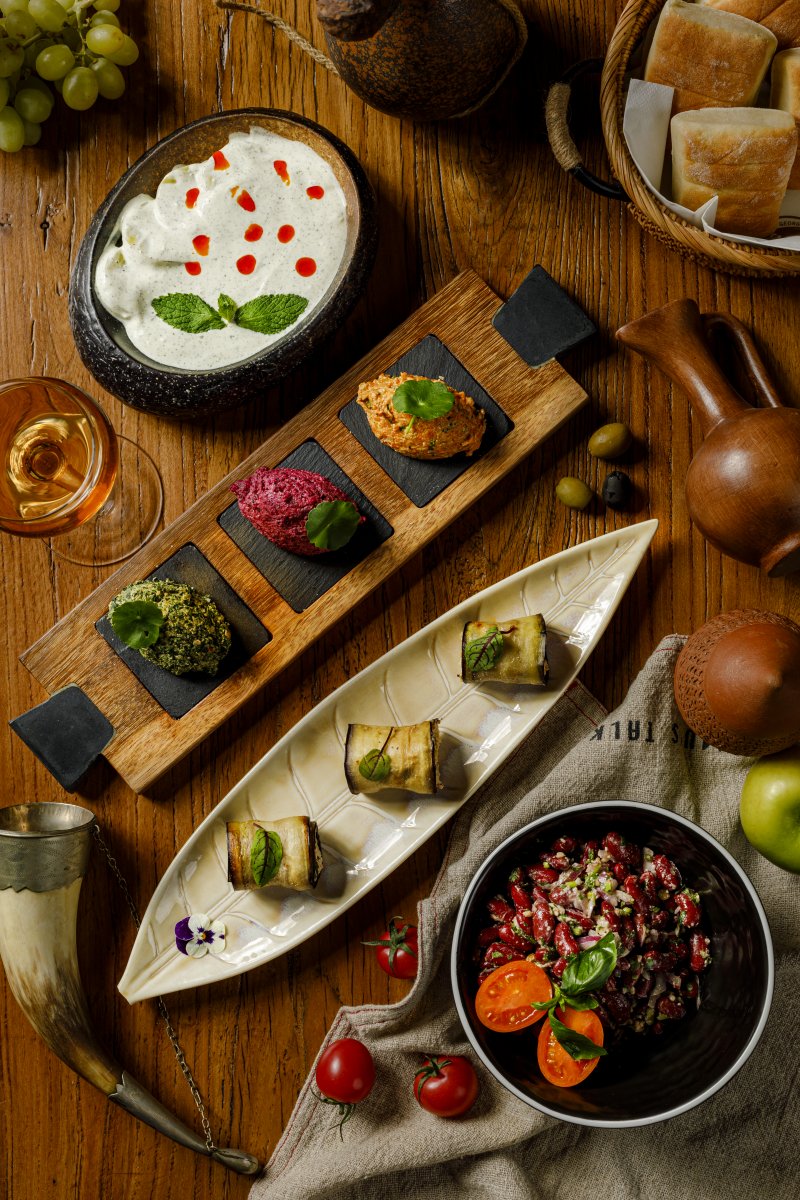
China has similar practices, not only based upon hospitality but luck and fortune as well. During Chinese New Year, the more dishes a family puts on the table for guests, the more luck they’ll receive in the coming year.
Balance of dishes is also key. Whereas Chinese cuisine is guided by balancing hot and cold on the table – i.e. having cold meat and vegetable dishes balanced out by hot dishes and soups – balance in Georgian feasts plays out as having an even number of meat and vegetable dishes on the table at a time.
Get the Whole Georgian Feast Experience
You can experience Georgian hospitality and cuisine for yourself on Wednesday, Mar 16 at Georgia’s Feast.
At this inaugural meeting of the Beijinger’s Fan Addicts Dining Club, guests will be treated to set menus for tables of two to four people, paired with Georgian wine and with complimentary shots of chacha – Georgia’s liqueur of choice for feasting.

But it’s not just feasting and drinking that’s in store. Guests will be able to experience a variety of activities like Georgian dance, writing, and a Tamada competition – one which will decide the best toast of the evening.
What are you waiting for? Grab your table today!
Tables for two start at RMB 480 (that’s RMB 240 per person) and tables of four start at RMB 880 (RMB 220 per person), including glasses of Georgian wine and complimentary chacha shots.
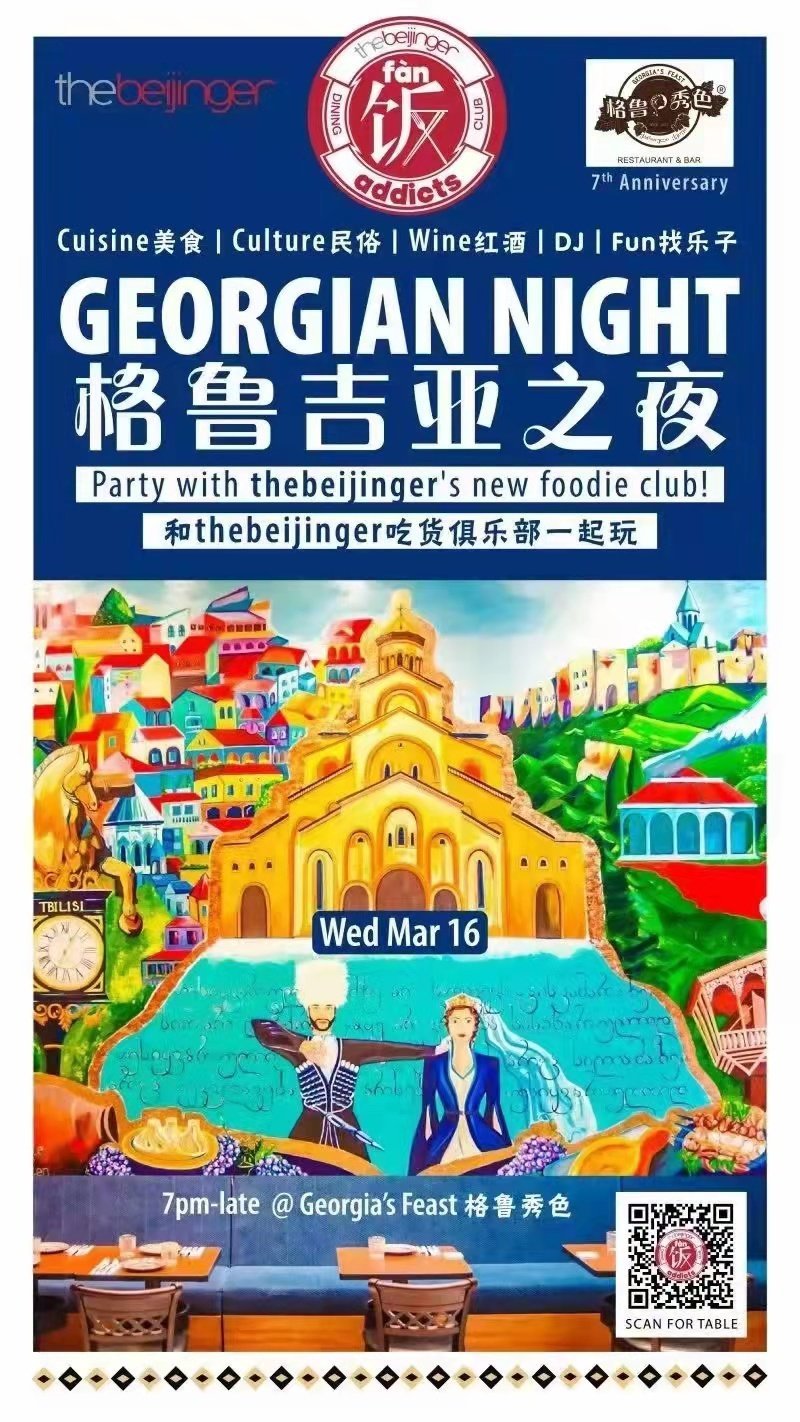
Scan the QR code in the poster to book your spot!
READ: A Crash Course in Georgian Drinking Culture
Images: Georgia's Feast, The Beijingers, winesgeorgia.com

